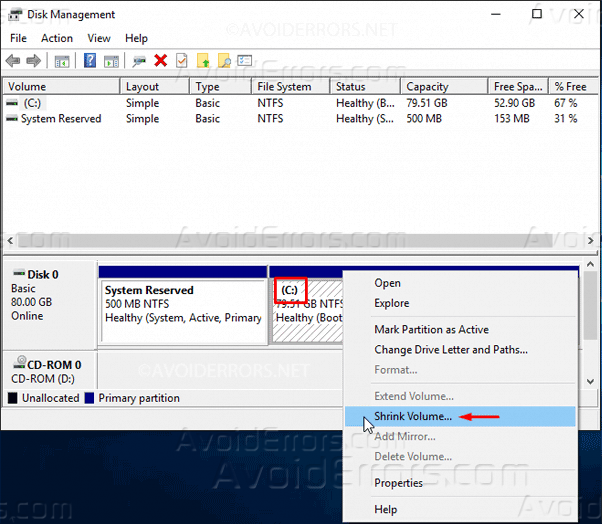

#NEXENTASTOR INSTALL TO USB DRIVE ISO#
Make sure you get the ISO as well as the OVA for Fusion. Bits can be found here, be aware you will need to log in and ask for the Community Edition which gives you 10 TB which is very generous indeed.Fusion FQDN and IP for the management network.Storage array FQDN and IP for both your management network, and IP for the storage network (I have seen some issue when the FQDN is not properly setup – for example not being able to resolve short so make sure it is done correct and complete.In my case with lots of memory and network ports. Outside of this it seems to work well though. And yes, I paid for it, I have issues around warm restarts and sometimes cold starts. But it runs vSphere, and Windows, and Linux pretty darn good, so I am taking a chance on it. With Nexenta it would support my gear, and I could use existing hardware and has VVOls support too.Īlso, I know that my hardware – Dell R710, is not on the Nexenta HCL. Meaning what I could afford and a good amount of supported storage. So this article will be about making Nexenta work good for my shared storage.īTW, why did I choose Nexenta? It and FreeBSD (and FreeNAS too) were the only two choices I knew of in this sort of space.


#NEXENTASTOR INSTALL TO USB DRIVE PLUS#
Since it was an ESXi host for a bunch of years it does have 40 GB RAM and multiple 1 GB network ports plus a recent addition of a 10 GB network port. So I am going to use an Dell R710 that has been replaced by a Supermicro server to be my new shared storage. I need more storage, and I need more performance as well 10 GB networking and my FalconStor cannot do that. This FalconStor array has been a real champ though – it has not been patched or adjusted in any way for about 3 or maybe 4 years and I can run a fair number of VMs on it. The NAS can handle only one or two VMs running on them. While I have a Synology in my home lab – and really like it, I also have a FalconStor array providing the real shared storage for my home lab.


 0 kommentar(er)
0 kommentar(er)
